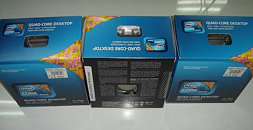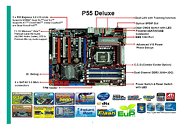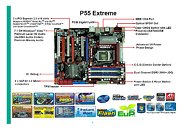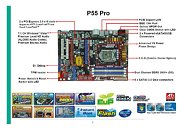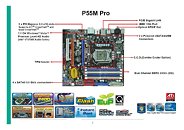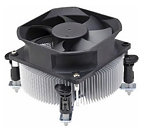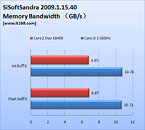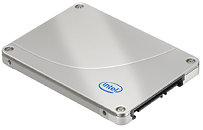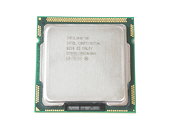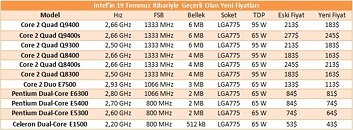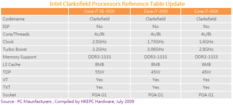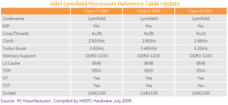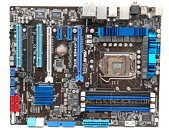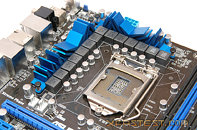
Gulftown Seamlessly Compatible with X58 Chipset Platform
Nearly an year away from launch, Intel's 6-core Gulftown processor is creating buzz in the media. The new processor which has already been sampled, and tested, some of its first documentation has been leaked to the media in the form of a slide that lists out some details. To begin with, Gulftown will be the first high-performance processor built on the 32 nm second-generation HKMG process. Intel's first commercial 32 nm based processors are dual-core chips which will sell alongside the much larger 45 nm CPU lineup. Next of-course, is that it has six processing cores with HyperThreading enabling 12 logical CPUs. With TurboBoost, the processor powers down inactive cores and overclocks the active ones, thus boosting performance on single/few-threaded apps while reducing power consumption.
Next up is its integrated memory controller supporting DDR3-1066 memory. The same standard is listed for current Core i7 processors, though they are proven to work at higher memory bus speeds. The part that perhaps matters the most is that the processor is seamlessly compatible with the X58 chipset, is based on socket LGA-1366, and has the same TDP rating as Core i7 900 series processors: 130W. Existing motherboards that handle Core i7 processors are technically capable to handle Gulftown. The processor will only be available in the high-end (enthusiast) category, and according to the latest roadmaps, is slated for Q2 2010.
Next up is its integrated memory controller supporting DDR3-1066 memory. The same standard is listed for current Core i7 processors, though they are proven to work at higher memory bus speeds. The part that perhaps matters the most is that the processor is seamlessly compatible with the X58 chipset, is based on socket LGA-1366, and has the same TDP rating as Core i7 900 series processors: 130W. Existing motherboards that handle Core i7 processors are technically capable to handle Gulftown. The processor will only be available in the high-end (enthusiast) category, and according to the latest roadmaps, is slated for Q2 2010.

